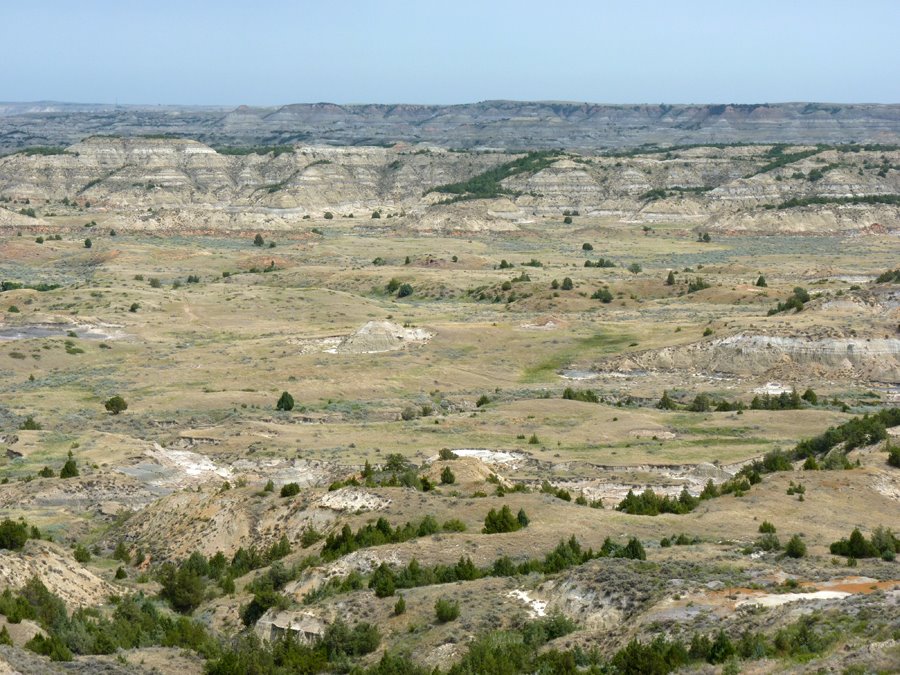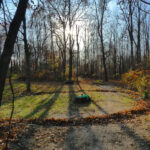When you are flying* across the country, as I happened to do this week, it gives you a chance to observe the landscape in ways that we cannot otherwise see. When we are on the ground, we are able to see many details of the land, we are unable to typically see hundreds of miles of forest, whole landmasses, the long edge of a beautiful shoreline. But in the air, our vision shifts, we become able to view everything on a different scale.

We can see from the air how the land shapes us—how forms of the land, such as mountains or streams, allows us shape our activities to it. For millenia, human activity was shaped by the land—we built roads that curve around the mountains and cross the valleys, we farmed in the rich fertile flood lands, and we built towns sheltered from the winter storms in small valleys. Our homes, using natural materials, took on the same look of the landscape. Evidence of this land-shaped activity is still visible from the air—while flying across the US Southwest, for example, the rivers determine where people live, the mountains determine how people drive, etc. This concept of being shaped by the land also extends to other activity: the changing of the seasons determined what we ate, how we lived, etc.
But more and more evidence shows that this balance, living in the shape of the land, is no longer present in our current society. In fact, scientists are calling our current geological era the anthropocene, describing our own massive ecological and geological impact on the planet. When you are flying in the air, you can see results of this anthropocene clearly. The land is carved up into a checkerboard; the square, which very rarely appears in nature, holds dominance. A patchwork of perfect rectangular rows dominate agrarian landscapes. City landscapes, too, are seen from the air at night as a square lattice of lights upon a black backdrop. Humans like to build angles…we use patterns not typified in nature to distance ourselves from it. We also have taken to shaping the lands more and more for our own purposes. When I flew over the Appalachians of West Virginia last summer, mountaintop removal was obvious and visible. This is serious reshaping of the land for our purposes, at the expense of other life.

So what does this mean, this shaping? I would argue how we shape and are shaped is an important consideration for living in a nature-oriented framework. Natural building techniques, which I recently blogged about, use curves and other shapes that emerge naturally. One principle in permaculture is using natural shapes—the spiral, the leaf pattern—for our own building and living practices. Permaculture also emphasizes observation of nature and working with what is already at a site rather than shaping that site to your whim. What happens when we work with natural shapes, natural spaces, in harmony? What happens when we cease attempting to bend the land to our will, but rather, allow our wills to bend to the land? What happens when our landscapes are shaped to privilege nature rather than privilege ourselves? Transformation happens.
*As a note: I have to fly 2-3 times a year for my job (although I use other transportation when I can). Its not an idea situation, and certainly not a sustainable activity. I do pay to offset my carbon for my flights, but this hardly seems like enough.



In Colchester we have a place called Abbeyfields. These fields used to be places where crops and cattle were kept in Celtic times (2000 years ago). The fields have been cut so that they are gentle curving slopes rather then the squares we see today. Such was the type of buildings the Celts used that the archaeologists have had trouble with even their advanced tools to find any trace of the buildings the Celts lived in there.